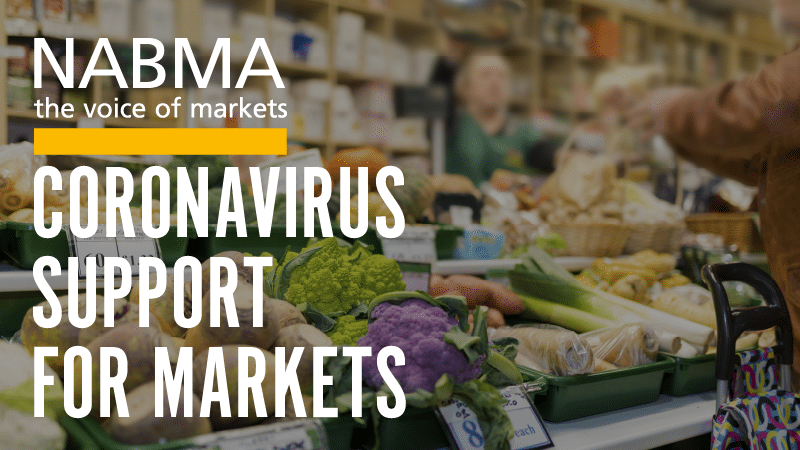The UK Government’s COVID-19 recovery strategy is now available online here
We’ll be publishing updates from NABMA soon, but the key paragraphs identified that relate to markets at the moment include:
Key paragraphs:
Opening non-essential retail when and where it is safe to do so, and subject to those retailers being able to follow the new COVID-19 Secure guidelines. The intention is for this to happen in phases from 1 June; the Government will issue further guidance shortly on the approach that will be taken to phasing, including which businesses will be covered in each phase and the time frames involved. All other sectors that are currently closed, including hospitality and personal care, are not able to re-open at this point because the risk of transmission in these environments is higher. The opening of such sectors is likely to take place in phases during step three, as set out below.
The next step will also take place when the assessment of risk warrants further adjustments to the remaining measures. The Government’s current planning assumption is that this step will be no earlier than 4 July, subject to the five tests justifying some or all of the measures below, and further detailed scientific advice, provided closer to the time, on how far we can go. The ambition at this step is to open at least some of the remaining businesses and premises that have been required to close, including personal care (such as hairdressers and beauty salons) hospitality (such as food service providers, pubs and accommodation), public places (such as places of worship) and leisure facilities (like cinemas). They should also meet the COVID-19 Secure guidelines. Some venues which are, by design, crowded and where it may prove difficult to enact distancing may still not be able to re-open safely at this point, or may be able to open safely only in part. Nevertheless the Government will wish to open as many businesses and public places as the data and information at the time allows.
In order to facilitate the fastest possible re-opening of these types of higher-risk businesses and public places, the Government will carefully phase and pilot re-openings to test their ability to adopt the new COVID-19 Secure guidelines. The Government will also monitor carefully the effects of reopening other similar establishments elsewhere in the world, as this happens. The Government will establish a series of taskforces to work closely with stakeholders in these sectors to develop ways in which they can make these businesses and public places COVID-19 Secure.
“COVID-19 Secure” guidelines Since mid-April an extensive programme of engagement has been underway between Government, the Health and Safety Executive, the public health authorities, business representative groups, unions, employers and local authorities, to agree the best way to make workplaces less infectious. The guidelines will be based on sound evidence – from what has worked elsewhere in the world, and the best available scientific theory. The most important guidelines people can follow to stay safer outside their homes are attached at Annex A. For example:
● Individuals should keep their distance from people outside their household, wherever possible. Transmission is affected by both duration and proximity of contact; individuals should not be too close to other people for more than a short amount of time. Public Health England recommends trying to keep two metres away from people as a precaution.
● It remains essential to keep hands and face as clean as possible. People should wash their hands often, using soap and water, and dry them thoroughly. Touching of the face should be avoided. Hand sanitiser should be carried when travelling and applied where available outside the home, especially when entering a building and following contact with surfaces. Clothes should also be washed regularly, as there is some evidence that the virus can stay on fabrics.
● It is possible to reduce the risks of transmission in the workplace by limiting the number of people that any given individual comes into contact with regularly. Employers can support this where practical by changing shift patterns and rotas to keep smaller, contained teams. Evidence also suggests the virus is less likely to be transmitted in well-ventilated areas. In addition to COVID-19 Secure guidelines for workplaces, the Government will consult on and release similar guidelines for schools, prisons, and other public spaces.


